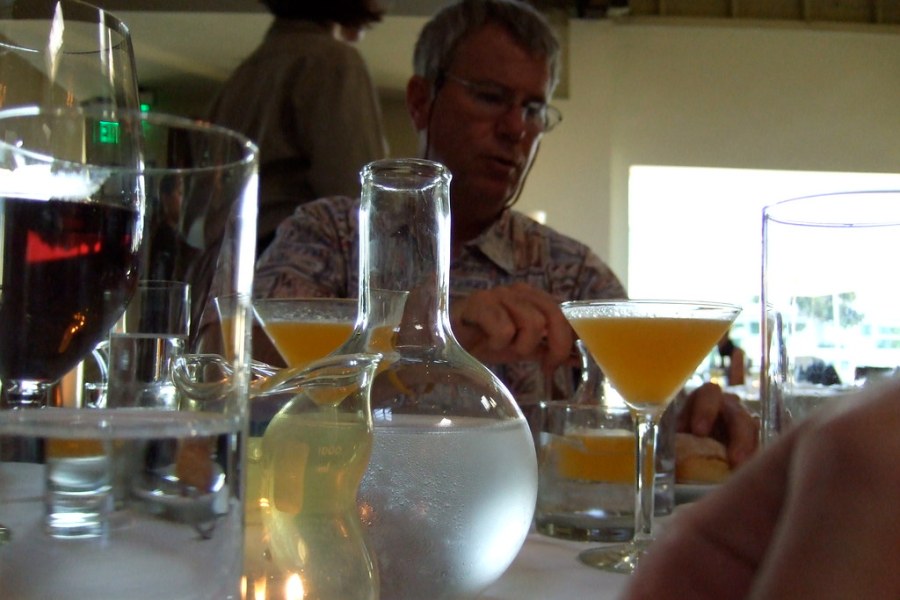Where Do You Find Your Reading Glass Strength on Your Prescription
What Is the Use of a Watch Glass?

A watch glass is a piece of glass that has a slight concave design. Frequently round with a diameter of 50mm to 150mm, the glass is most often used by chemists within a laboratory setting. These scientists use the watch glass for a wide range of purposes including the evaporation of liquids to prevent contamination of beakers. Here is a closer look at watch glasses and how they can be used within a science lab.
Beaker Lid
Scientists work on sensitive projects within the laboratory. Many of these activities deal with the monitoring and control of vapor saturation that takes place in the beakers they utilize. With watch glass, they can cover these beakers during their experiments. This gives them the ability to control the vapors and processes that take place. The watch glass used as a beaker cover also ensures that no unwanted particles can enter the solutions as they are monitoring them. This allows for a more accurate recording of the findings while performing the experiment. Also, by not completely sealing the beaker opening, the desired gas exchanges the chemist wants to occur still does.
Substance Weighing
The flat surface of a watch glass is ideal for holding substances a scientist wishes to weigh within the laboratory. In order to do this, scientists will place the watch glass onto a scale and zero out the watch glass's weight (this deduction is called tare). The solid substance they are going to weigh is then placed onto the watch glass surface. The weighing process can then take place without fear of contamination or seepage that can occur with other types of surfaces they would have to use.
D rying Solids
With a watch glass, scientists can use them for drying different types of solids they work with in their labs. These glasses allow for the solid to be separated from a comparatively volatile solvent. To perform the drying process, the scientist spreads the solid onto the watch glass. A folded filter paper is positioned over the solid to ensure that any airborne particles are not able to contaminate the solid.
To quicken and maximize the drying time, the scientist can place the watch glass containing the solid into a fume hood. This allows for good air circulation for the amount of time needed for drying.
Another method of drying requires the chemist to use a funnel clamped over a watch glass. A light stream of dry air, often created with the use of nitrogen gas, is allowed in through the small opening at the top of the funnel.
Types of Watch Glass
There are different types of watch glass that can be used in a laboratory setting. These include either glass or plastic options. Let's take a look at their differences.
Glass Watch Glasses
A watch glass made from actual glass can be reused as needed. Their strong construction allows for them to be sterilized between uses. A scientist would need an autoclave or laboratory oven to ensure proper sterilization takes place.
Plastic Watch Glasses
Plastic watch glasses are ideal for use as disposable laboratory aids. These types of products are created to work well in low-temperature applications. The plastic used for crafting these types of watch glasses is usually resistant to degradation that forms from UV light exposure.
MORE FROM REFERENCE.COM
Where Do You Find Your Reading Glass Strength on Your Prescription
Source: https://www.reference.com/world-view/use-watch-glass-cebdbd9c1e244816?utm_content=params%3Ao%3D740005%26ad%3DdirN%26qo%3DserpIndex
0 Response to "Where Do You Find Your Reading Glass Strength on Your Prescription"
Post a Comment